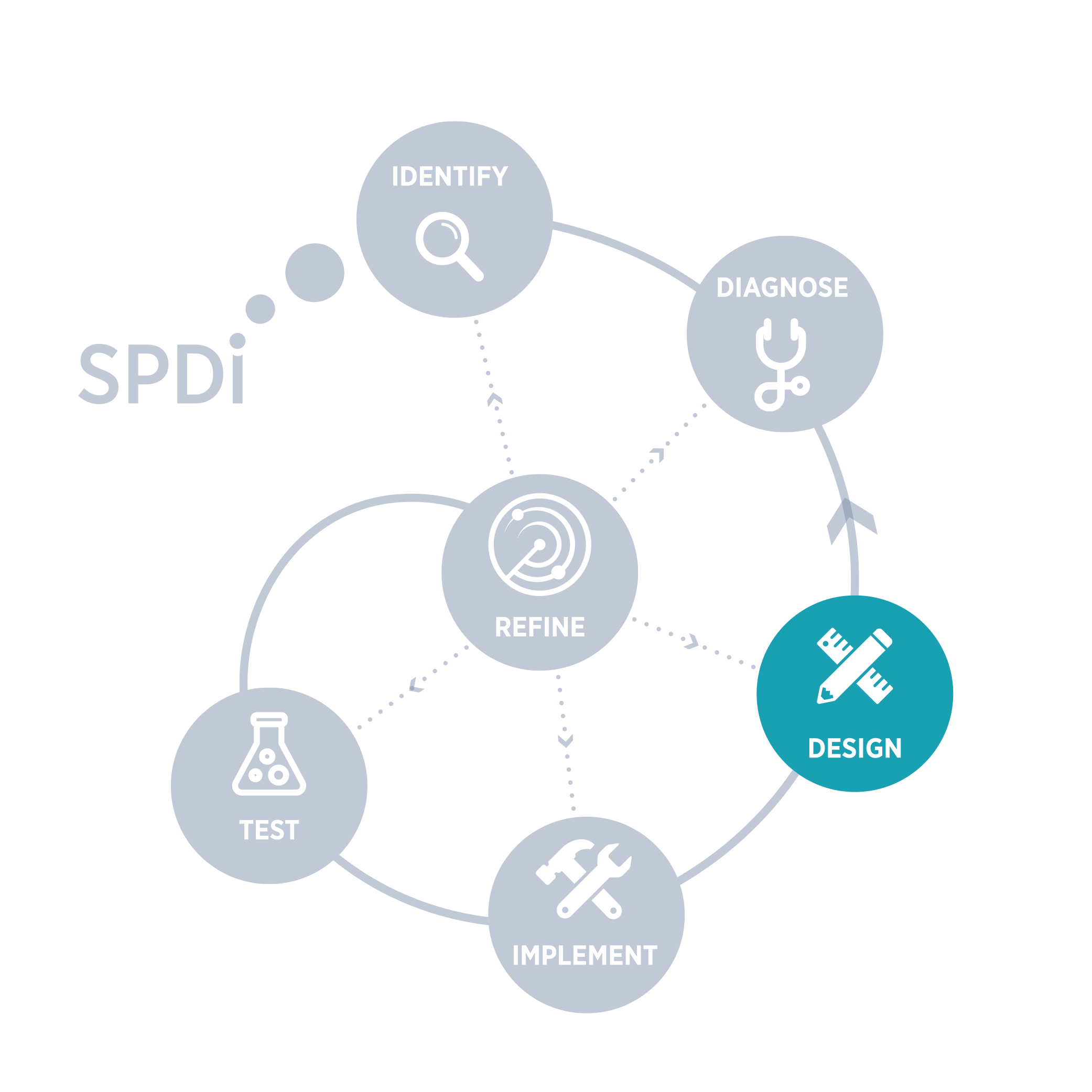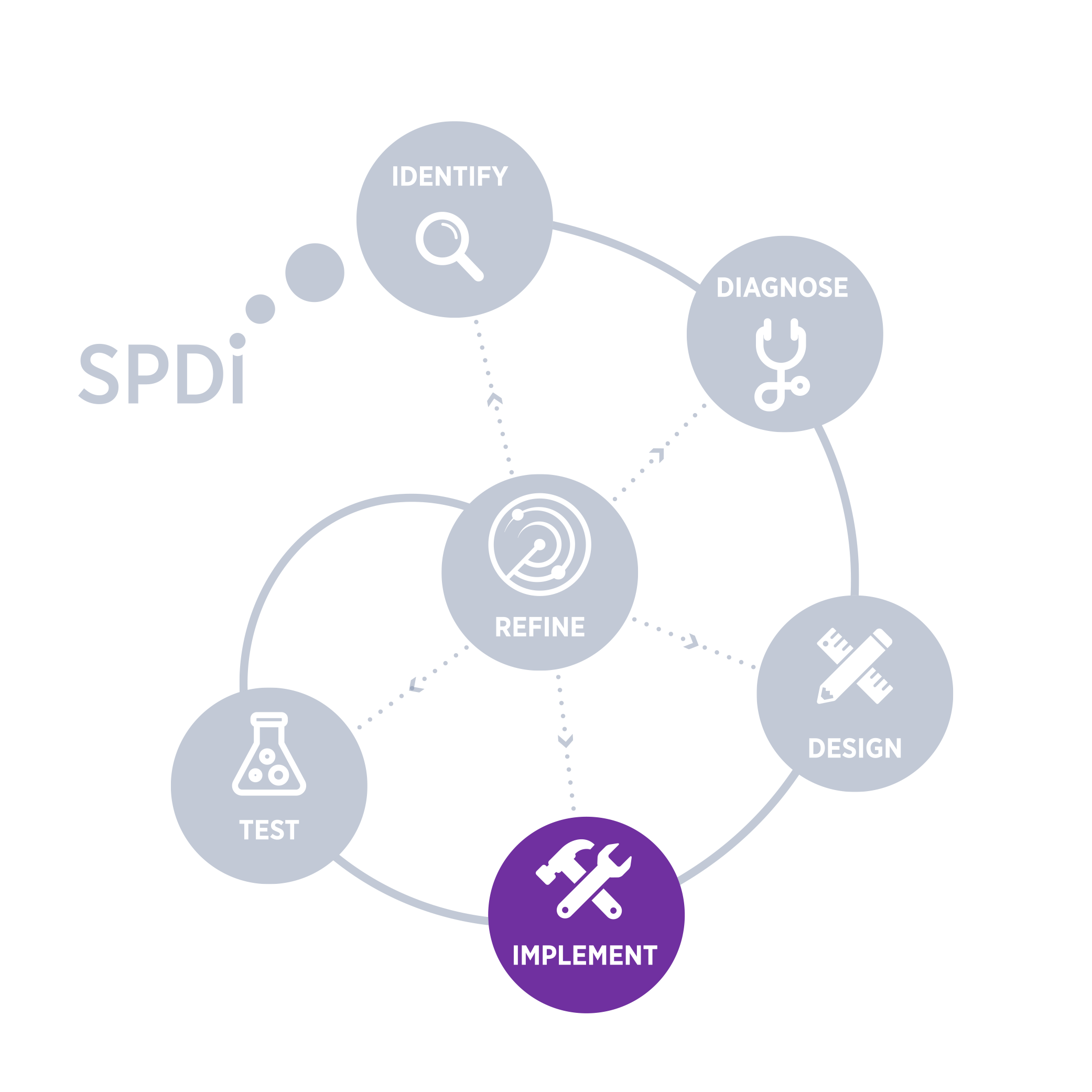Vocational skills training programs in Punjab, Pakistan
Approximately two-thirds of Pakistan’s population of 180 million are under 30 years of age, and millions of young workers are expected to enter the job market every year over the next two decades. However, given current training levels, only 3% are formally trained in the right kind of skills to meet employers’ needs. To address challenges to vocational training in Pakistan’s most populous province, the Government of Punjab and the British aid agency the Department for International Development (DFID) created the collaborative Punjab Skills Development Fund (PSDF). Their aim was to stimulate a market for training services and provide quality skills and vocational training opportunities to the poor and vulnerable populations of Punjab, particularly women and other marginalized groups, in order to improve livelihood prospects. Seeking to use rigorous research to design programs and policies based on evidence, PSDF partnered with economists at the Center for Economic Research Pakistan (CERP), Evidence for Policy Design (EPoD) at Harvard Kennedy School, and Princeton University. See how they worked together through the steps of the SPDI cycle below!












